By DR. Dwi Suryanto
In this article, we’re going to explore how to create a chatbot AI that not only functions but also delivers real value. By the end, you’ll have actionable steps to design, build, and optimize your chatbot for maximum effectiveness.
What is Chatbot AI?
Chatbot AI refers to an automated conversational agent powered by artificial intelligence. These systems simulate human conversation, providing users with instant, accurate, and engaging responses across various platforms. From customer support to sales, chatbot AI has revolutionized how businesses interact with their audiences.
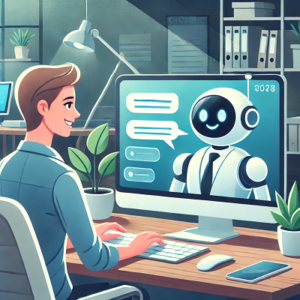
Why Chatbots Matter:
- 24/7 Availability: They never sleep, ensuring your business is always accessible.
- Cost Efficiency: Automate repetitive tasks to save money.
- Personalized Experience: With AI, chatbots can tailor conversations to individual users.
Types of Chatbot AI
- Rule-Based Chatbots These follow predefined scripts and decision trees. They’re simple to implement but limited in scope.
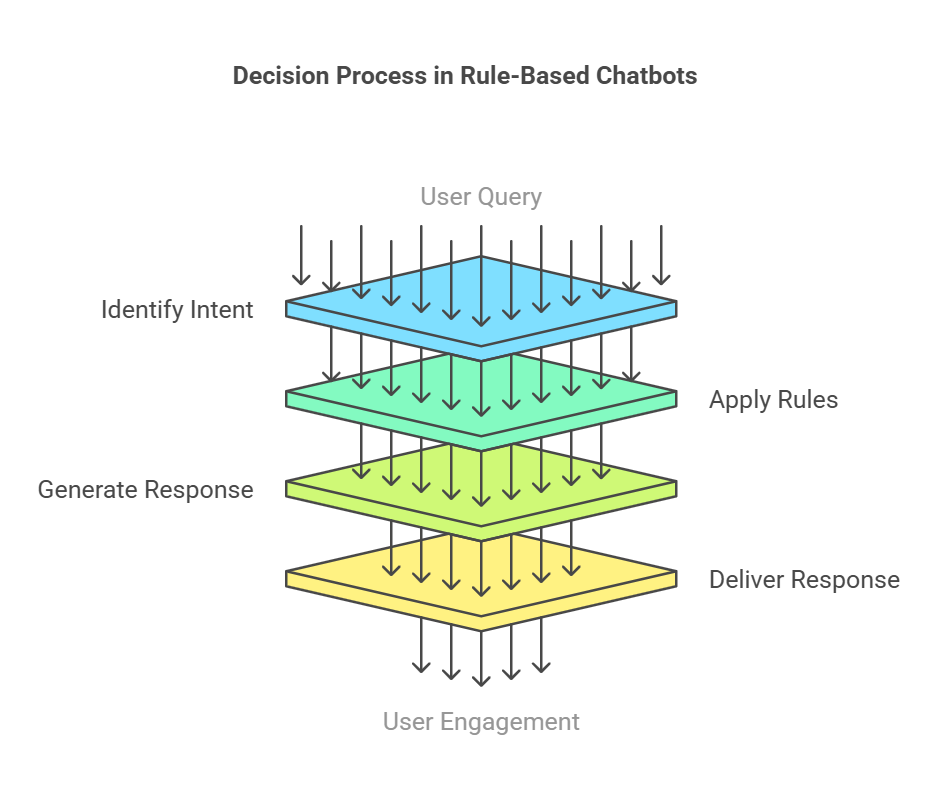
Example of a decision tree used in rule-based chatbots. - AI-Powered Chatbots Leveraging machine learning and natural language processing (NLP), these bots understand context and improve over time. Examples include GPT-based chatbots.
- Hybrid Chatbots A mix of rule-based and AI-powered chatbots for more versatile applications.
How to Create an AI Chatbot
Step 1: Define Your Goals
Before diving into development, clarify the purpose of your chatbot. Is it for customer support? Lead generation? Entertainment? Clear goals will guide every decision in the development process.
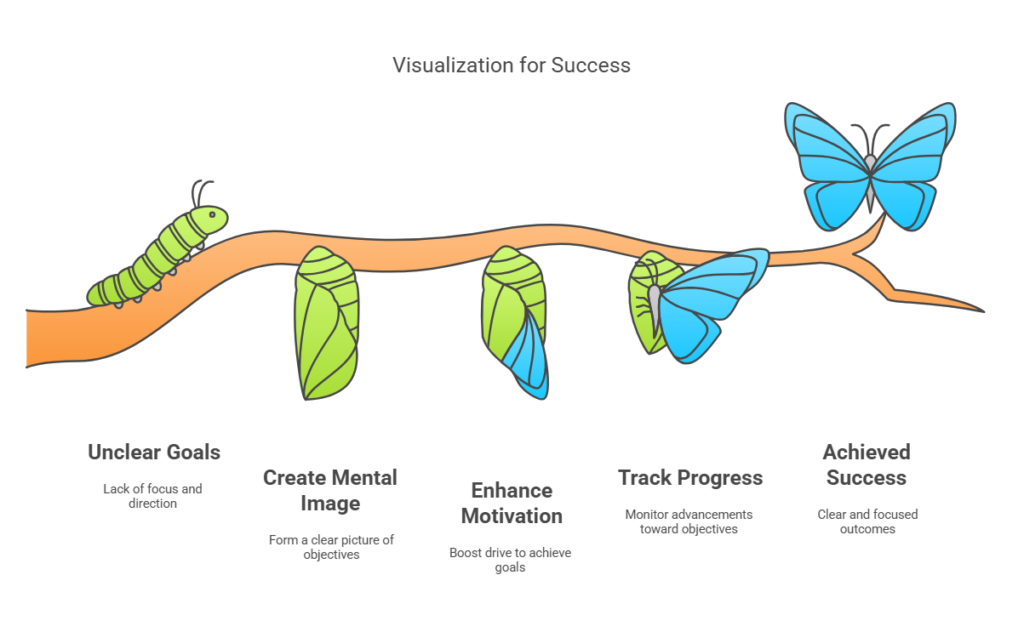
Step 2: Choose the Right Platform
Some popular platforms include:
- Dialogflow (Google)
- Microsoft Bot Framework
- Rasa Open Source
- ChatGPT API
These platforms offer tools to build, train, and deploy chatbots.
Step 3: Design Conversations
Focus on creating intuitive and engaging conversation flows. Tips:
- Keep messages short and clear.
- Anticipate user intents.
- Use fallback responses for unexpected inputs.
Step 4: Train Your AI Model
If you’re building an AI chatbot, training it with high-quality data is critical. Include:
- User queries
- FAQs
- Contextual examples
Use platforms like OpenAI or Hugging Face for pre-trained models.
Step 5: Test and Refine
Deploy your chatbot in a controlled environment. Gather feedback and iteratively improve its performance by analyzing logs and retraining the model.
Best Practices for Chatbot Success
- Focus on User Experience (UX): Simplicity and usability should be your top priorities.
- Ensure Data Security: Protect user information with robust security measures.
- Monitor Performance: Use analytics to track metrics like user satisfaction, response accuracy, and engagement rates.
- Continuous Improvement: Regularly update your chatbot’s knowledge base and functionality to keep it relevant.
Real-World Examples
- eCommerce: Chatbots on websites like Amazon assist with product recommendations and order tracking.
- Healthcare: AI bots provide preliminary diagnoses and appointment scheduling.
- Education: Platforms like Duolingo use chatbots to make learning interactive.
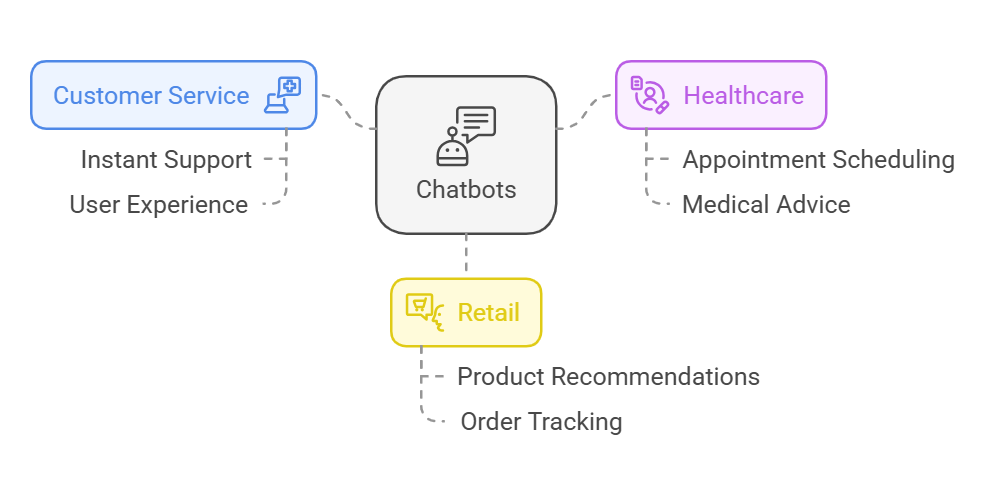
Conclusion
Building a chatbot AI doesn’t have to be overwhelming. By following these steps and focusing on delivering real value to your users, you can create a chatbot that not only works but thrives.
About the Author: Dwi Suryanto
Dwi Suryanto, Ph.D., is a leadership and management expert, as well as a self-taught programmer. With certifications in Generative AI, LLM Apps, and AI Agents, Dwi combines his leadership expertise with cutting-edge AI technology. He also holds certifications in ChatGPT, AI for Business, and Python Programming. Through his unique blend of skills, Dwi empowers businesses and individuals to thrive in the era of digital innovation.
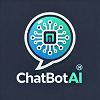
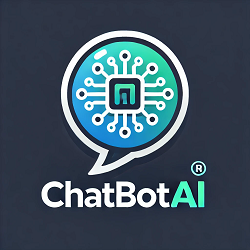
1 Comment
Pingback: What is an AI Chatbot? A Beginner’s Guide - ChatbotAI